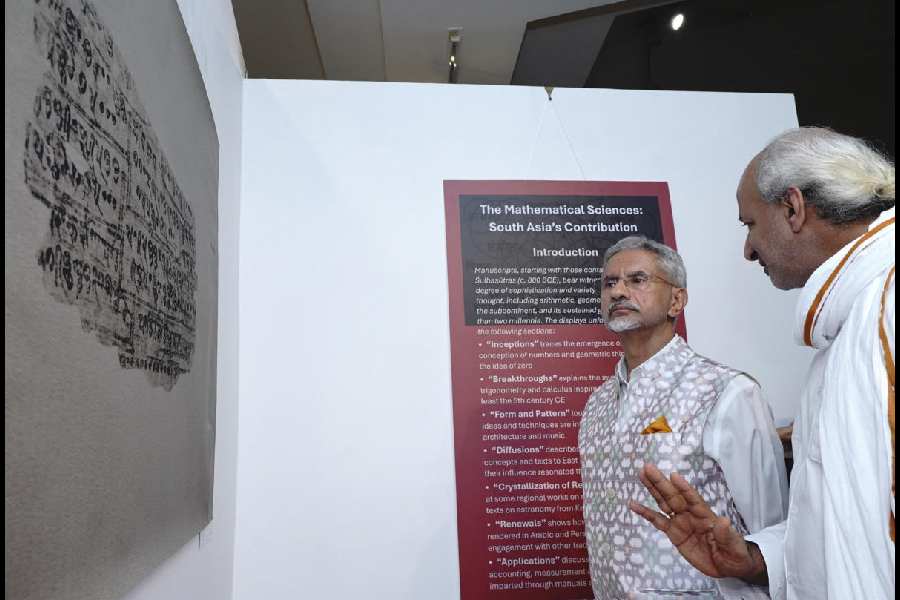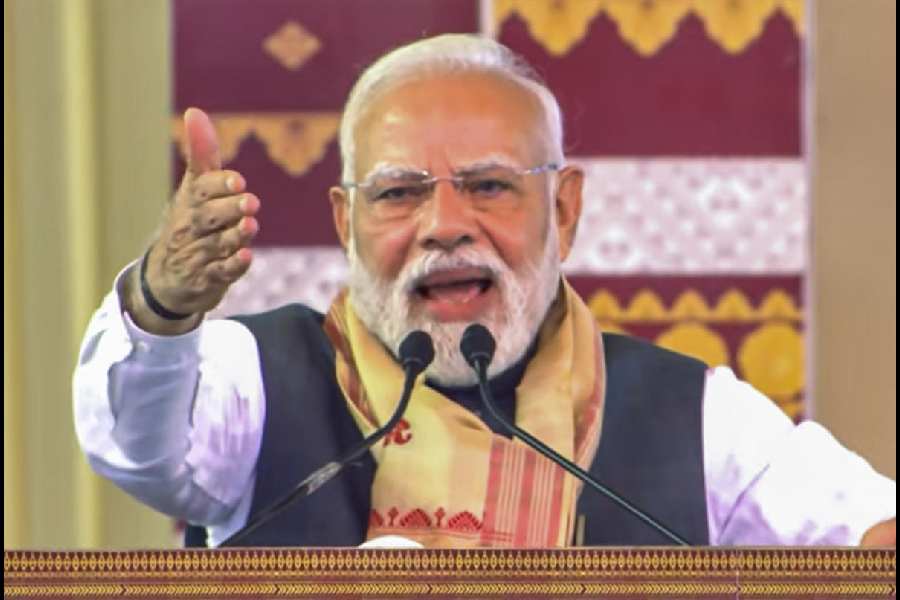Abnormal variances in vegetable prices across the major markets in town have pinched the common man’s pocket and made Mamata Banerjee wince.
“In Calcutta, prices vary greatly from market to market, besides being abnormally high. We are watching the markets. A policy guideline with regard to this will be issued tomorrow,” the chief minister declared after an emergency meeting on price rise in her chamber at Writers’ on Monday afternoon.
The difference in prices is to the extent of 50 per cent for some commodities, which experts say has more to do with questionable business practices than economic factors.
Vegetable prices cannot be identical across markets because of factors ranging from differences in transportation cost to sourcing. But the current variances defy economic logic, according to economist Ratan Khasnobis.
“Information asymmetry across markets, an economic phenomenon, often results in certain degrees of price variance across markets. But if the variance is very high, it is almost certain that man-made factors are pushing up prices,” he told Metro.
Mamata, under pressure from the CPM-led Opposition to rein in the price devil, smells malpractice.
Metro visited five prominent markets in different parts of the city on Monday to compare the prices of some vegetables and discovered sharp variations (see chart).
 |
The price of a kg of capsicum at Maniktala market was Rs 150. At Salt Lake’s CA market, hardly 4km away, capsicum was selling at Rs 100. A kg of green, round chillies was selling at Gariahat market for Rs 140 and Rs 200 at Lake Market, just 2km away.
“This is an indication of volatility in the market, which is helping some traders reap abnormally high profits,” Khasnobis said.
The gap between wholesale and retail prices has also widened. On Monday green chillies were selling between Rs 40 and Rs 80 a kg at the wholesale Koley market in Sealdah. By the time it reached retail markets in Salt Lake or north and south Calcutta, the same chillies were selling for Rs 120-Rs 200 a kg.
Brinjal, selling at Rs 26 and Rs 34 a kg in the wholesale markets, was priced at Rs 60 in most retail markets, a mark-up of over 100 per cent.
The government has constituted an 11-member committee comprising representatives of the enforcement branch, police, Calcutta Municipal Corporation, market associations, wholesalers and retailers to monitor demand, supply and pricing of food supplies.
But a week or two isn’t enough to bring down prices as any crackdown on hoarding does not have an immediate impact, officials said.
For homemaker Arpita Chatterjee, the price rise has been so steep that she has been forced to cut down on her buying. “My monthly budget has gone haywire. At this rate, it will soon become impossible to run the kitchen,” said the Salt Lake homemaker.
“Why don’t ministers and officials visit markets round the year rather than after a cycle of price rise?” demanded bank official Partho Banerjee.
How much has the price spiral affected you? Tell ttmetro@abpmail.com










